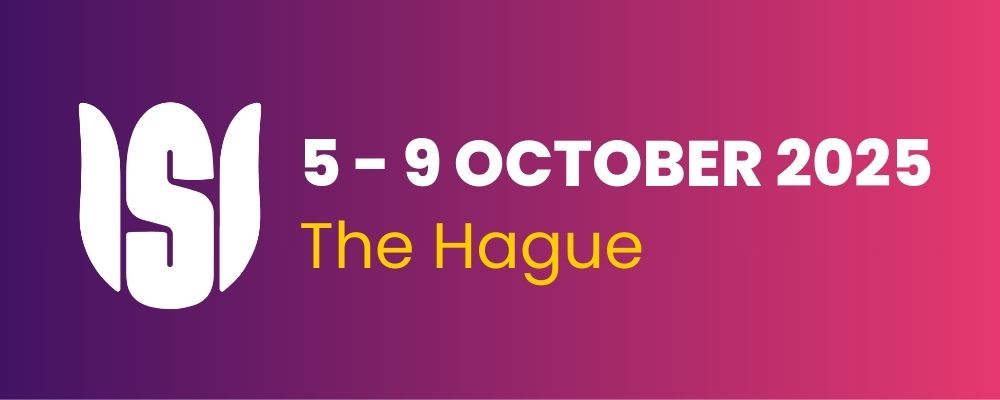Investigating the utility of geospatial data for estimating small area household income in England and Wales
Conference
65th ISI World Statistics Congress
Format: IPS Abstract - WSC 2025
Session: IPS 961 - Use of Geospatial Methods for Small Area Population Estimation
Tuesday 7 October 10:50 a.m. - 12:30 p.m. (Europe/Amsterdam)
Abstract
Small area income estimates (SAIE) are produced for Middle-Super Output Areas (MSOAs) in England and Wales using a unit-level small area model. The model combine household-level survey data on income, with aggregate (MSOA) level covariates from a variety of data sources, predominantly census and administrative data, to produce average household income for all MSOAs across England and Wales. These estimates are currently the only accredited official statistics of SAIE from the Office for National Statistics (ONS). However, the current model is restricted to only producing the average household income for MSOAs. The model also relies on census data for several elements of the model, which become less predictive the further away from a census year the models are run.
These restrictions are the key motivators for the current work where, in a collaboration between the ONS and Southampton University, we consider several alternative modelling strategies for SAIE in England and Wales. In particular, the utility of geospatial and administrative data sources is explored across three different small area models. The benefits of these data sources are that they are available much more frequently, offering potential benefits when estimating for non-census years. Geospatial, and some administrative data, are also available at very granular levels of geography which may boost the predictive power of small area models.
Initially we consider the ‘unit-context’ Empirical Best Predictor (EBP) model, combining record level survey data with covariate data derived from geospatial and admin data that are captured for 100m grid square geographies. These models have shown promise in producing reliable small area estimates of income and poverty in several different countries and contexts. We also consider using geospatial and administrative data with the traditional small area Fay-Herriot model, which combines aggregated survey and covariate data to provide estimates directly at the small area level of interest. Finally, we compare these models to the original EBP model that uses household level survey and census data to produce SAIE. The quality of estimates from these models are assessed at MSOA and Local Authority Districts for England and Wales, by comparing to the official ONS model estimates, as well as direct survey estimates.
Overall, this talk provides a critical evaluation of SAIE for England and Wales, including discussing the utility of geospatial and administrative data for SAIE for the England and Wales context, as well as an appraisal of the suitability of different small area estimation models.
